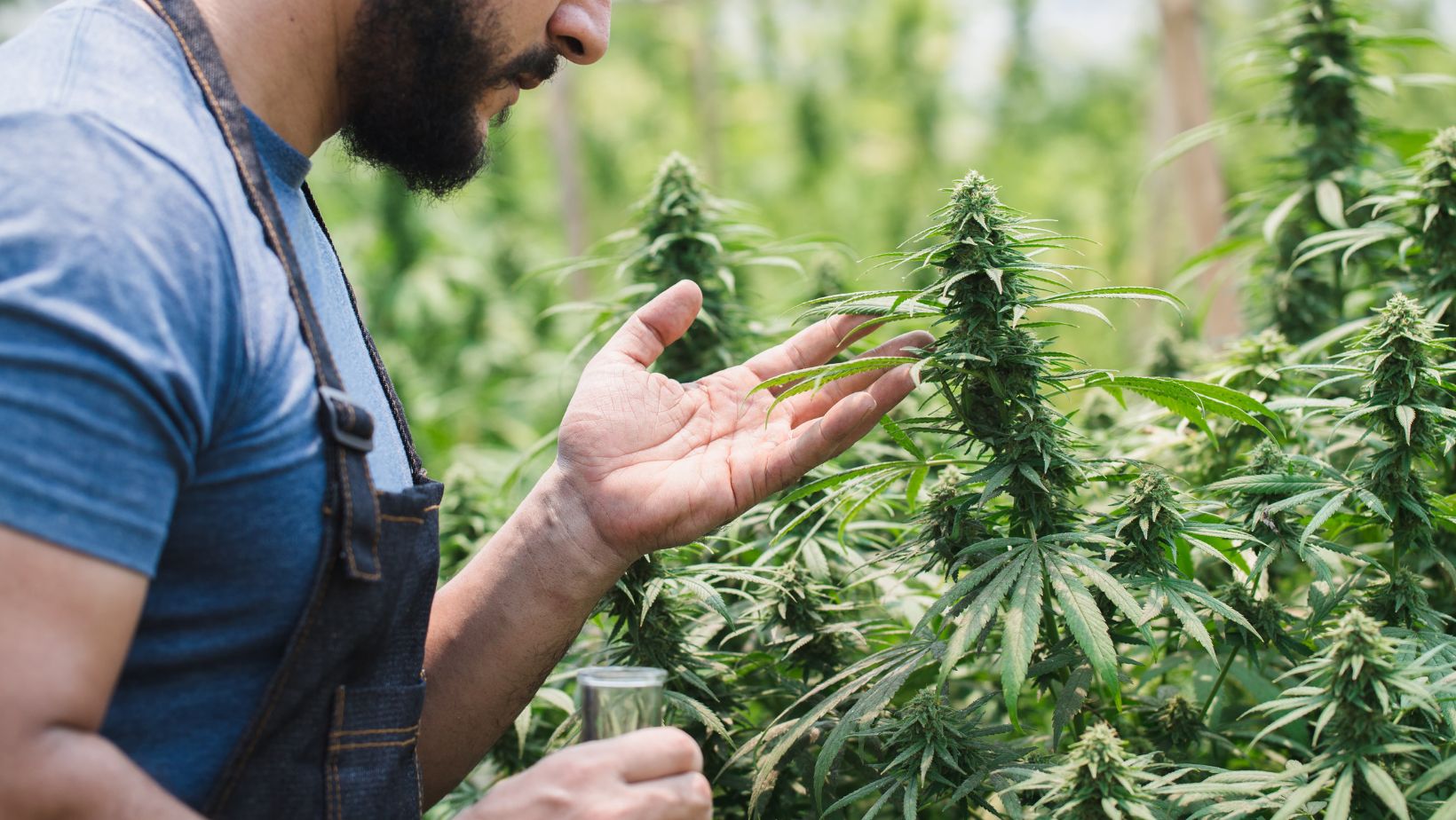Growing cannabis at home or commercially has never been more popular, and choosing the right medium is one of the most important decisions a grower can make. Soil and hydroponics are the two main growing methods, and each of them offers distinct advantages depending on your goals, experience, and resources.
Both methods can produce high-quality cannabis, but understanding their differences helps growers avoid common pitfalls and get the most out of their plants. Whether you are starting from cannabis seeds or clones, your choice of medium plays a critical role in nutrient delivery, plant health, and overall yield.
What is Soil Growing?
Soil is the most traditional and beginner-friendly method of growing cannabis. It contains organic material that naturally holds nutrients and supports beneficial microbes. When growing in soil, you are essentially mimicking what cannabis plants would experience in their native environment.
Many growers prefer it because it allows for a buffer against mistakes. It is harder to overfeed or underwater in soil than it is in hydroponics. Additionally, the taste and aroma of cannabis are often described as richer and more complex due to the organic interactions in the root zone.
However, it can take longer to produce results. Because the roots need to search for nutrients, growth is slower compared to hydroponics. However, when working with premium genetics from seed banks such as Barney’s Farm, the simplicity and flavor benefits outweigh the slightly longer grow times.
Soil Pros
- Easier for beginners
- Organic flavor and terpene profiles
- Natural buffer against mistakes.
Soil Cons
- Slower growth cycle
- Higher risk of pests from outdoor soil.
What is Hydroponics?
Hydroponics is a soilless growing method where plants receive nutrients through water. This system can be more complex but offers rapid growth and high yields when done correctly. Common hydroponic setups include deep water culture, nutrient film technique, and drip systems.
Hydroponics allows for precise control over the plant’s nutrient intake and environment. Since the roots are directly exposed to oxygenated water rich in nutrients, the plants can grow much faster than in soil. This is especially beneficial for commercial growers looking to maximize space and efficiency.
But hydroponics comes with a learning curve. Any imbalance in the nutrient solution or pH levels can quickly harm the plants. Unlike its counterpart, there is little room for error, which means hydro growers must monitor their systems daily and sometimes even hourly.
Hydroponics Pros
- Faster growth and bigger yields
- Total control over nutrients and pH
- Less risk of soil-borne diseases.
Hydroponics Cons
- Steeper learning curve
- Equipment costs and maintenance
- Less forgiving of errors.
Nutrient Control and Flavor: Comparison
In hydroponics, nutrients are delivered directly and immediately, which gives growers full control. This leads to faster vegetative growth and often larger yields.
Soil, on the other hand, has a more gradual nutrient uptake, thanks to the natural processes happening in the dirt. While this can slow down the cycle, it often leads to a more robust terpene profile, which contributes to the unique flavors and scents of the final product.
Many connoisseurs argue that cannabis grown in soil simply tastes better. The debate continues, but personal preference often plays a big role. Those seeking speed and output may prefer hydro, while flavor-focused growers often stick with soil.
Which One Is Perfect for You?
If you are just starting out or prefer a more relaxed growing experience, soil might be the better choice. It’s easier to manage, more forgiving, and offers great results, especially with high-quality organic soil mixes.
For those who are confident in their skills, have the time to monitor their plants closely, and want to maximize efficiency, hydroponics can offer exceptional returns. The setup cost is higher, but the rewards can be worth it.
Choosing between soil and hydroponics ultimately comes down to your goals, experience, and available resources. Both systems can grow incredible cannabis when handled correctly, and both have their place in modern cultivation. The method you choose should suit your lifestyle and growing environment. Take time to experiment and learn what works best for your needs because the best growers are the ones who stay curious and always keep improving their craft.






















